For the second year in a row, nearly a third of honey bee colonies in BC did not make it through the winter.
Each spring, provincial apiculture specialist Paul van Westendorp surveys beekeepers to assess winter mortality and identify the causes. He was putting the finishing touches on the 2022 overwintering survey on June 10 when he spoke to Country Life in BC.
“Essentially, it turns out our winter mortality has not been as outlandish or extreme or worrisome as it has been reported in other provinces,” says van Westendorp. “Last year we [lost] 32%, and this year we [lost] 32% again. We perhaps have squeezed through this whole debacle here in British Columbia better than most other provinces.”
The picture looks far bleaker further east and there have been reports of terrible losses far beyond the norm.
Rod Scarlett, executive director of the Canadian Honey Council, says losses in Manitoba and Quebec will likely top 60%. This will push the national average higher than it was last year (23.2%), but how far it exceeds the five-year average (32.6%) won’t be known until the Canadian Association of Professional Apiculturists releases its report in mid-July. The BC numbers feed into this report.
BC losses averaged 30% over the previous five winters, ranging from a low of 20.3% two years ago to a high of 34.3% four years ago. This contrasts sharply with average winter losses of 10-12% in the decades before 1990, when the varroa mite arrived in the province. Since then, losses have steadily increased.
Even though losses this past winter are within the five-year range, van Westendorp says it will be painful for the industry to absorb and rebuild their colony numbers.
He notes that there is a “whole hodgepodge of different causes” for the losses, but beekeepers cited weather, poor queens, weak colonies going into winter and ineffective mite control as the top four reasons.
There are about 4,500 beekeepers around BC, but the overwintering survey is limited to those that operate at least 25 colonies. This gives van Westendorp a dataset of approximately 300 beekeepers.

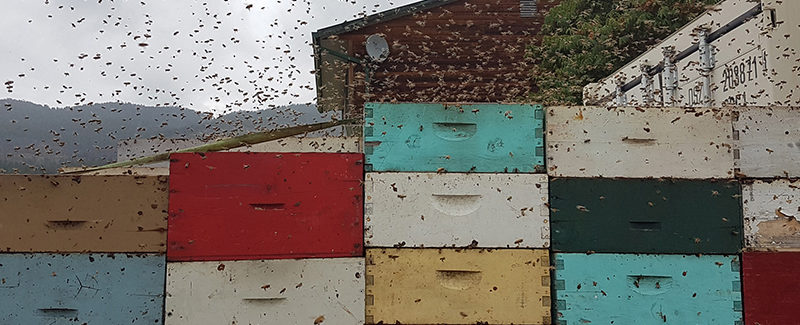
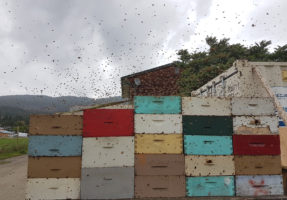
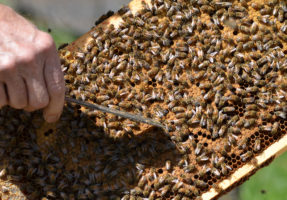
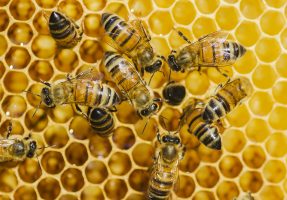

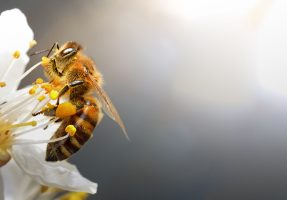
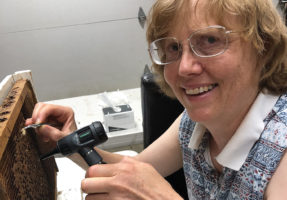
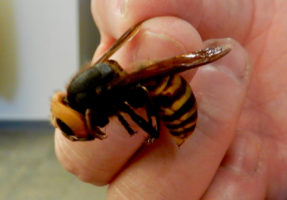
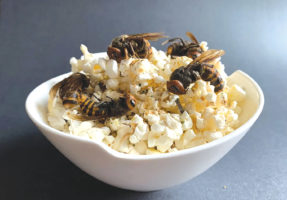
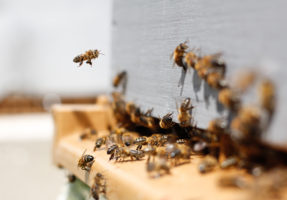
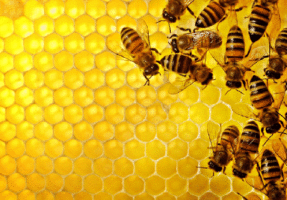
 Borrowing costs begin to bite
Borrowing costs begin to bite